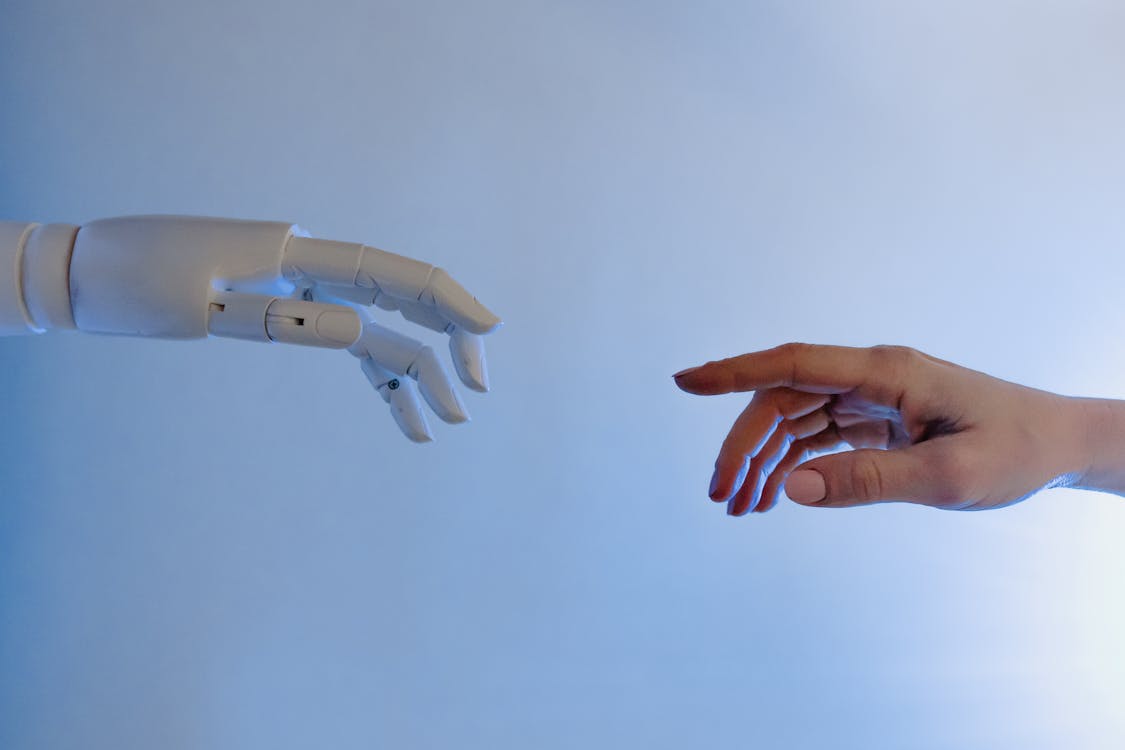
Improbable AI Lab and the Massachusetts Institute of Technology (MIT) developed a new two-finger robot with promising dexterity capable of manipulating everyday objects.
According to a paper published on arXiv, the robotic finger was designed to meet the mechanical and dynamical requirements in performing 30 diverse everyday tasks, such as picking up items with various textures and shapes and placing them precisely in defined locations.
“We present a finger design based on series-elastic actuation that we call the Everyday Finger. Our focus is to make the fingers as compact as possible while achieving the desired performance,” the researchers wrote.
The Everyday Finger features a structure with two protruding robotic fingers, which share the same size and shape as human fingers to facilitate dexterity. Recently, the robotics industry has been focusing on robotic grippers and other hand-like artificial systems that can reliably assist humans with daily chores in the real world.
Now, the latest creation by Improbable AI and MIT offers a promising technology that can bend, tightly grasp, and place different objects suitable for tackling simple everyday tasks.
The team, led by MIT undergraduate researcher Rubén Castro Ornelas, already tested the two-finger gripper in a series of real-world experiments, which involved three basic “pick-and-place” tasks designed to assess the speed, compliance, and amount of force applied by the robot.
“We evaluated everyday fingers by constructing a two-finger robotic hand that was tested on various performance parameters and tasks like picking and placing dishes in a rack, picking thin and flat objects like paper and delicate objects such as strawberries.”
The real-world experiments revealed that the two-finger gripper successfully performed all three activities. The researchers stressed that while the tasks were very simple, they represented regular chores that typical humans engage in, which makes the gripper useful in the development of household robots.
The Everyday Finger is slated to be featured in the 2024 IEEE International Conference on Robotics and Automation proceedings. Looking forward, the team plans to expand its capabilities by upgrading the design, particularly by adding more fingers to increase the degree of freedom (DoF).
“Our finger only has 2 DOF. With a 3rd DOF, the size of the palm would increase. It would be difficult to fit five fingers onto a hand in a future iteration, but a three- and maybe a four-finger hand is still possible. To make a full five-finger hand, we may have to wait for more torque-dense actuators to become available.”




















